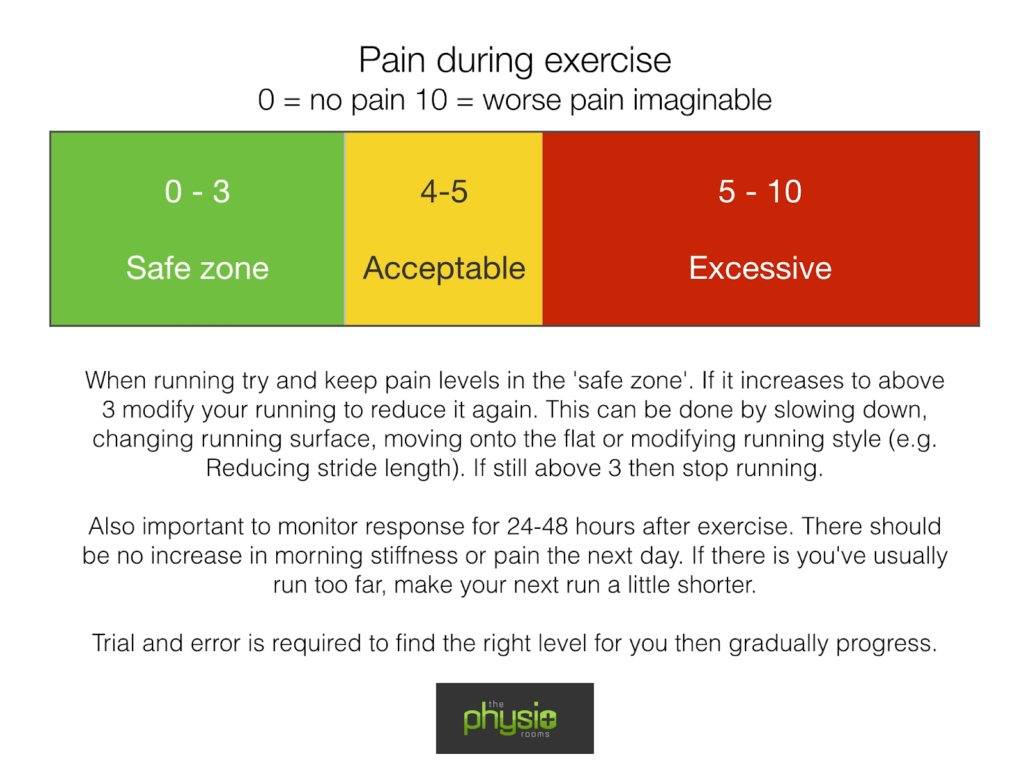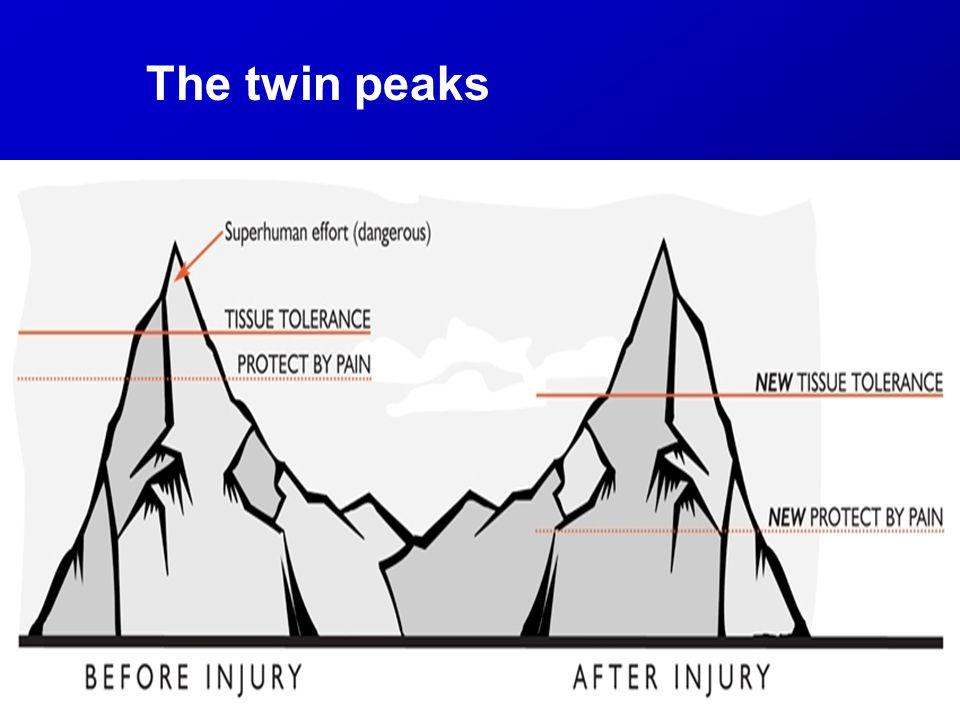6 common questions about ultra-running
In terms of impressing your family and friends or work colleagues, it would appear the “simple” marathon no longer holds the same prestige. Ultra-endurance and ultra-running events are an almost-impossible test of the human body and spirit, yet their number has increased tenfold over the last decade.
As endurance specialists and experienced endurance athletes, we frequently get questions about this rapidly growing sport.
Here are some of the most common questions that people contemplating ultra-running ask.
Before you contemplate whether racing 100 miles or more is actually right for you, consider this…
Ultra-running is not everyone’s cup of tea.
But if it’s something that sparks your interest, start by asking yourself these questions:
- Why that distance? Does it have a particular significance?
- Where will it take place?
- What time of year will you be doing it?
- What type of terrain? Road, trail, flat, hilly?
- Will it be point-to-point, an out and back or a loop?
- Is the plan to do it in one attempt or break it into stages?
- Will you be supported (e.g. crew and/or vehicle) or self-supported (no crew)?
Your answers to these questions will not only help to define an appropriate training plan.
They may also ensure the effective execution of your event and serve as a reason to keep going when the going gets tough!
Welcome to the post-marathon age
Everybody knows somebody who’s run a marathon.
It seems that now, a genuinely impressive feat has to be something longer and more extreme. Fifty kilometres is OK… Eighty kilometres is moving in the right direction. But if you can reel off numbers in the hundreds, preferably over insanely steep terrain, a wind-blown desert or some perilous jungle – Now we’re talking bragging rights!
With more and more stories of ultra-endurance feats circulating, we hope the following may provide some food for thought to help you defy your limits.
Is it actually possible?
Most people shy at driving 180km, 200km, 250km or more. Even less would consider cycling those distances. But yes, running those distances and for extended periods of time is possible with the right mindset, appropriate preparation and sufficient training!
Will my organs start shutting down?
While organs shutting down during an event is extremely rare, surviving ultra-running ultimately comes down to appropriate training, heat management, nutrition and hydration.
We always recommended seeking the assessment and advice of your GP or Allied Health Professional before embarking on something like this.
The human heart is exceptionally well adapted to endurance exercise. In endurance events such as 100-milers, the heart is working at well below maximal levels, which it’s good at doing, as long as you’re well trained and healthy going into the race.
However, it’s important to note that the hours of pounding lead to accumulated damage of major muscles. This, in turn, loads the liver and the kidneys. In fact, studies show that it’s common for 100-mile finishers to have abnormal kidney values since they’re working extra hard to filter residue of broken-down muscle from of the blood. However, in 99% of cases, kidney values return to normal shortly after the race.
Please note, if your urine is cola-brown, seek medical attention immediately!
How do you deal with sleep deprivation?
No amount of preparation can prevent fatigue!
For a 24-hour race, it might not be so bad. But once you start to stretch out beyond 24 hours, you become prone to trips or falls and hallucinations. In fact, after periods greater than 24 hours without sleep, cognitive performance levels are considered the equivalent to a blood alcohol concentration of 0.1%, nearly twice the legal limit for drivers in Australia!
Training when fatigued reduces the chances that your mind will play tricks on you. We suggest training in conditions that are closest to what you will experience in the race. For example, start a few long training runs at 9 p.m. particularly after a full day at work. In the event that you do start thinking or seeing weird things, learn to slow down and take a breath.
You’ll inevitably experience something called “central fatigue”, a gradual decline in your nervous system’s ability to contract your muscles. Pairing cognitively challenging tasks with exercise while training can help to delay this decline. However, in most cases scheduling in a short nap at regular intervals beyond that 24-hour mark can help to reset the brain and ensure you can push on.
How do you avoid blisters?
As the saying goes, “Prevention is better than a cure”.
There’s a range of products available to keep blisters at bay, including powders for socks that help dry feet out as well as preventing friction. Products such as Body Glide or 3B Neat are great for those areas where chafing between skin surfaces and fabric is likely to occur. Try applying these to problem spots between your toes, along the sides of your feet, and on your heels prior to racing.
We also recommend wearing socks with individual toes, like Injinjis, for anyone prone to developing blisters between their toes. Think about having extra socks and an extra pair of shoes available, often a different make than the ones you started with. This way, if you need to change shoes, it’s less likely you’ll get the same hotspots.
What about food and nutrition?
The most common issue in ultra-endurance events are Gastrointestinal (GI).
Endurance running disrupts your digestion. It diverts blood away from your stomach to your muscles. As a result, any solid food that you consume can sit around undigested. With the constant jostling of fluid and food, causes problems often resulting in nausea. Your best chance of thwarting GI issues during a race is to train your gut by practising your fueling plan during training.
Personally we like using a combination of liquid food (e.g. Tailwind) and solid food (e.g. Clif Bars, Bananas, Chips, Vegemite Sandwiches, etc) but this comes down to personal choice and testing during your training.
Check out our Evolve Endurance Nutrition Program for guidance on how to fuel effectively during your event as well as during your training and recovery.
How do I train for an ultra-endurance race?
Our ELEVATE Tailored Training Programs provide personalised plans designed to meet your specific needs and goals incorporating your current training regime, training availability, work, family and social commitments. So if you’re considering ultra-endurance running for the first time or looking to improve your ultramarathon experience, get in touch!
Jase Cronshaw is co-founder and co-owner of V&B Athletic. He is an Australian endurance athlete and coach, procrastinating artist, teetotalist, and a guy who loves to run! You can find him on Instagram @coachcronshaw




